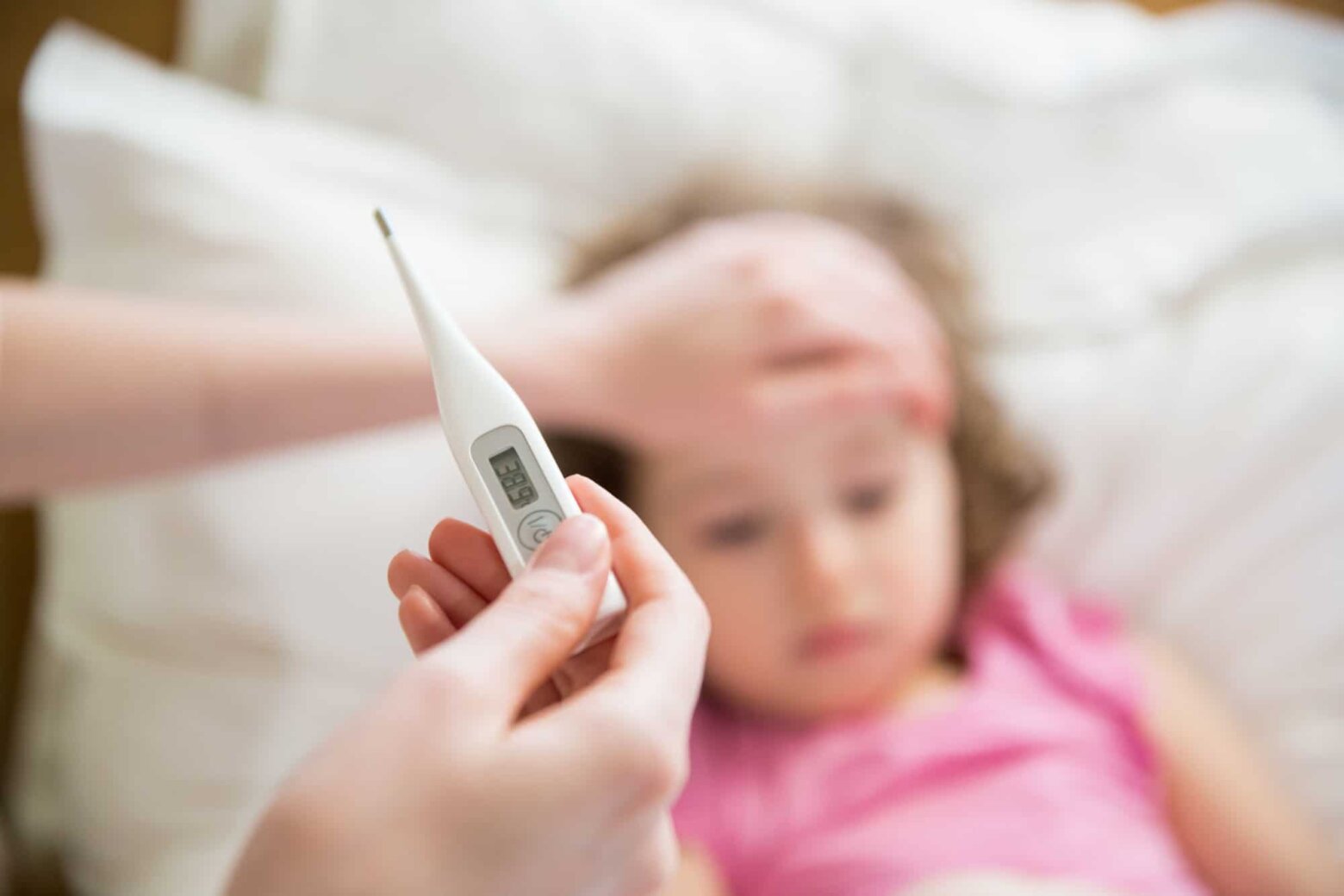In recent months, there has been a concerning rise in cases of “walking pneumonia,” also known as “white lung pneumonia,” particularly among young children. Data from emergency rooms indicate that infections caused by the bacterium Mycoplasma pneumoniae have been spreading at unusually high levels, especially in children aged 2 to 4. This trend comes after a similar surge of cases was reported overseas last year, prompting public health officials to closely monitor the situation.
According to the Centers for Disease Control and Prevention (CDC), since late spring, there has been a steady increase in infections from M. pneumoniae, with nearly 7% of emergency room visits for pneumonia in the youngest age group diagnosed with this bacteria. While this percentage has seen a slight decrease from a peak of over 10% in August, the ongoing rates remain concerning. The CDC noted that the rise in infections among young children is particularly significant, as these infections have historically affected older children more frequently.

The statistics come from the CDC’s National Syndromic Surveillance Program, which collects data from emergency rooms nationwide. The trends observed this year reflect a dramatic increase, with cases now reported to be more than 14 times higher than the same period last year. The most severe rates are concentrated in regions from Texas through Iowa, which have been identified as hotspots for M. pneumoniae infections. Other states, including Wisconsin and Illinois, have also reported unusual clusters of pneumonia cases among children and young adults.
Alongside Mycoplasma pneumoniae, hospitals are also witnessing a rise in infections from other common respiratory viruses, such as rhinovirus and enterovirus. These viruses typically cause mild illnesses, but they can lead to more serious conditions, especially in young children. The CDC has indicated that recent trends in rhinovirus and enterovirus infections have accelerated, nearing levels observed during previous fall waves. Public health officials warn that the situation may worsen as environmental factors, such as rising pollen and mold counts, colder weather, and holiday gatherings, could exacerbate the spread of respiratory illnesses.
While some areas are experiencing significant increases in pneumonia cases, others, such as Pennsylvania, have not yet reported a similar surge. Dr. Marian Michaels from Children’s Hospital of Pittsburgh expressed caution, stating it is too early to determine if this year’s wave will lead to a notable rise in hospitalizations. She highlighted that, although infections are on the rise, current numbers remain below pre-pandemic levels. Health officials continue to monitor the situation closely to determine the full impact of these infections on pediatric health.
